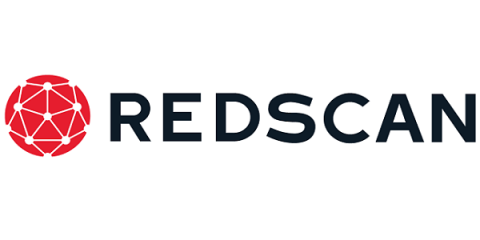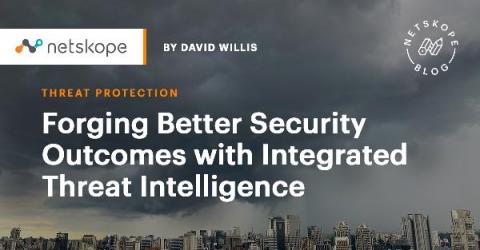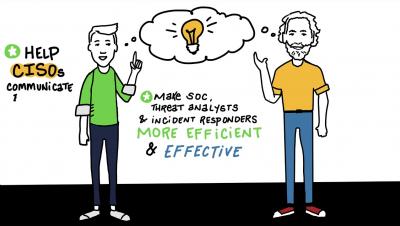Security | Threat Detection | Cyberattacks | DevSecOps | Compliance
Threat Intelligence
The Importance Of Threat Intelligence Sharing Through TAXII And STIX
Threat intelligence has been a very important asset to cybersecurity- knowing in advance some properties of malicious actors is key for preventing security incidents. Most typically these properties are IP addresses, domains, emails and file hashes, and being able to compare them to what’s happening in your infrastructure allows for quick response and prevention.
Redscan Threat Intelligence update: SolarWinds Sunburst Q&A
Forging Better Security Outcomes with Integrated Threat Intelligence
For most companies, security and IT systems are growing in complexity, breadth of scope, and coverage, which consumes budget and staff time. The rapid breakdown of the traditional perimeter in this “new normal” world increases the challenges IT teams and remote users face on a daily basis.
Redscan Q&A: Threat Intelligence with George Glass
We asked our Head of Threat Intelligence, George Glass, to share his expert view on the threats that security teams need to be aware of and to tell us what it is he loves about working in the industry.
Cyber threat intelligence explained
The cybersecurity industry is increasingly producing enormous amounts of raw threat data. The sheer volume of information threat researchers must sift through makes it difficult to collect, analyze, and research that data in a timely manner. This in turn limits their ability to understand what data is valid and useful and whether threat artifacts will result in legitimate threat indicators.
Effective Threat Intelligence Through Vulnerability Analysis
Vulnerabilities are weaknesses leveraged by adversaries to compromise the confidentiality, availability or integrity of a resource. The vulnerability ecosystem has matured considerably in the last few years. A significant amount of effort has been invested to capture, curate, taxonomize and communicate the vulnerabilities in terms of severity, impact and complexity of the associated exploit or attack.
Building the ThreatQ Platform
Information Leakage of Threat Intelligence, Incident & Status Data
Information leakage of threat intelligence, incident data, and status data can have several legal consequences for organizations. Information leakage can occur due to the misconduct of disgruntled employees or results in by virtue of a nefarious cyber-attack. The underlying sections will take a deep dive into two different scenarios—namely, The Trauma of IP Address Leakage and The Menace of Product Vulnerability Leakage.










